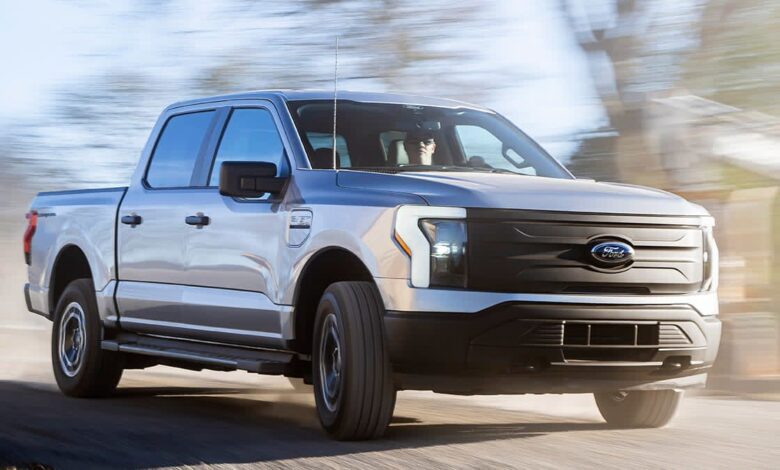Electric Vehicles & Plug-In Hybrids Qualifying for Federal Tax Credit

To qualify for a tax credit of up to $7,500, a new EV or eligible plug-in hybrid vehicle (PHEV) must meet certain rules:
• A vehicle’s MSRP must not exceed certain limits, so pricey EVs, such as the GMC Hummer EV, Lucid Air, and Tesla Model S, won’t qualify. For SUVs, pickup trucks, and vans, the threshold is $80,000. For sedans, hatchbacks, wagons, and other vehicles, the credit cuts off at $55,000. These limits are based on a vehicle’s MSRP, not on its sale price, so a heavily discounted luxury car would not qualify. In addition, this requirement may not apply to some leased vehicles.
• Regardless of how a vehicle is advertised, whether it counts as an SUV, wagon, or hatchback is determined by the Environmental Protection Agency and listed on the window sticker. For example, the Ford Mustang Mach-E is listed as a small SUV, but the Chevrolet Bolt EUV is classified as a small station wagon.
• A vehicle must be assembled in North America, including Canada and Mexico, to qualify for any tax credit. This eliminates credits for vehicles assembled elsewhere, including the BMW i4, Hyundai Ioniq 5, Kia EV6, and Toyota bZ4X. (This requirement also may not apply to some leased vehicles.) It doesn’t matter if a vehicle comes from an Asian or European brand, only where it’s assembled.
• To qualify for a full tax credit, at least 50 percent of a vehicle’s battery components must be produced or assembled in North America. In addition, at least 40 percent of critical minerals used in the battery must be extracted or processed in the U.S. or in a country that’s a U.S. free-trade agreement partner, or they must have been made from materials recycled in North America. The new rules will become stricter over time, with requirements increasing by 10 percent each year through 2027. By then, 90 percent of battery components and 80 percent of critical minerals will have to meet the guidelines.
• Car buyers must meet certain income guidelines. Households with an adjusted gross income up to $300,000 will still qualify for the new-car credit, while heads of household must earn below $225,000 and individual filers will qualify only with income below $150,000. This provision may not apply if a vehicle is leased.
• PHEVs with a battery of at least 7 kWh may qualify for a tax credit as long as they meet all of the other requirements. For PHEVs, the tax credit is calculated either as 15 percent of the vehicle’s MSRP, the dollar difference between the cost of the PHEV and a similarly equipped gas-powered version of the same vehicle, or $7,500—whichever is lowest.
• Starting in 2024, vehicles with battery components sourced from countries that have been designated “foreign entities of concern”—including companies owned by, controlled by, or subject to the jurisdiction or direction of the governments of China, Iran, North Korea, and Russia—will no longer be eligible for a tax credit. Automakers will be responsible for tracing their supply chains, and the IRS will determine which vehicles meet the criteria.
• There’s no longer a 200,000 vehicle sales cap on tax credits that made EVs and plug-in hybrids from Tesla, GM, and Toyota ineligible under earlier rules. Previously, once an automaker sold more than 200,000 qualifying vehicles, the credit began to phase out.
CR’s EV Incentive Finder can also tell you whether the model you’re interested in may be eligible for a federal tax credit, as well as state and local incentives that might save you thousands more.



